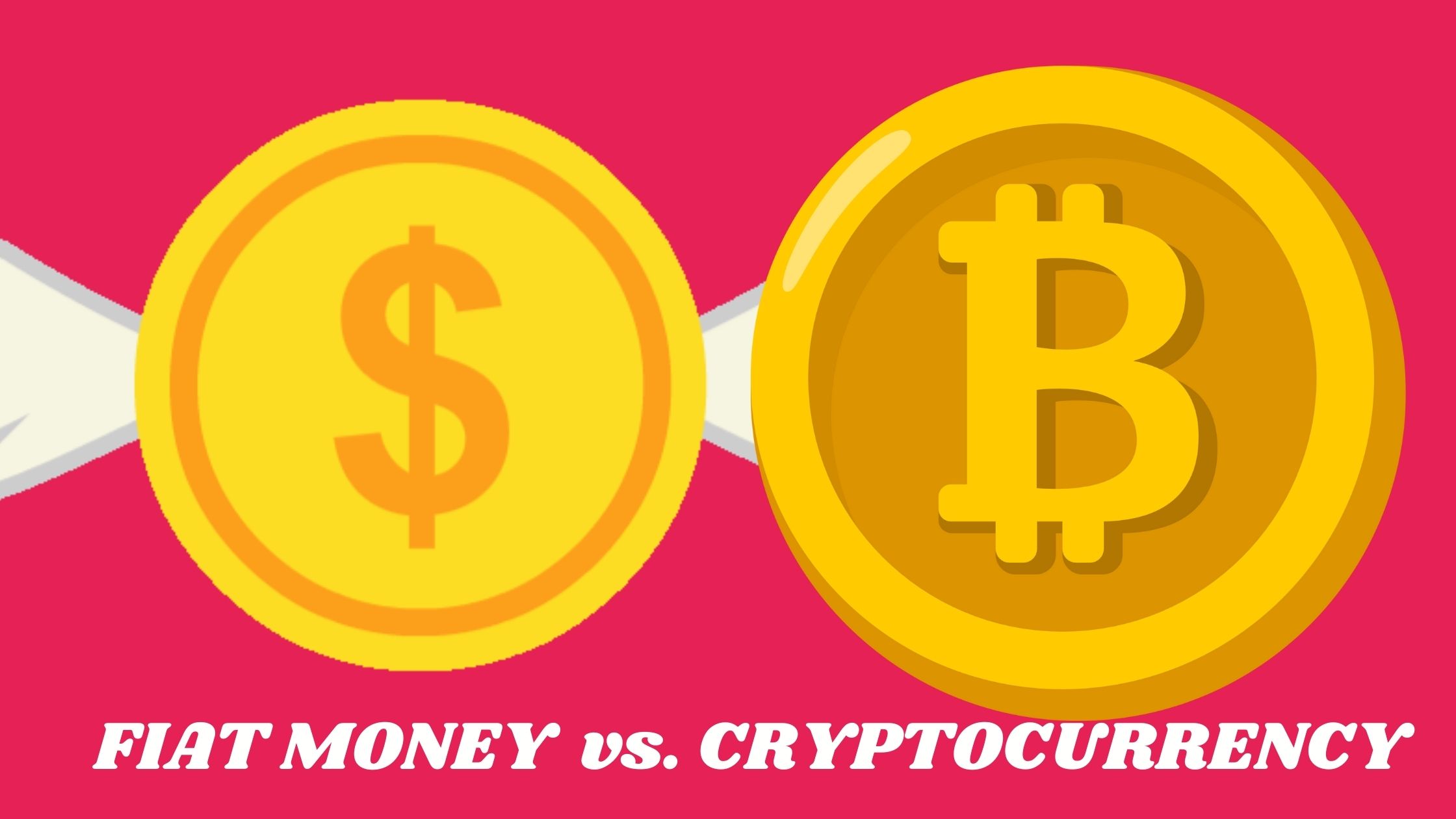
In this world, more or less everything and anything is involved in the process of evolution. Be it man or material, they cannot survive in the long run without embracing ‘change’, and so it is applicable to our case: Money. something, said to be as old as time, has changed its system, shape and size since its existence. It has never been in a consistent form. The concept of money emerged as a course of action to combat the flaws of a C-C economy or commonly known as the ‘Barter System of Exchange’, the history of bartering dates all the way back to 6000 BC. In a C-C economy goods are exchanged for goods. It was thought to be a superhit method to facilitate the needs of exchange until some of its drawbacks came into light. Flaws like double coincidence of wants, lack of common measure of value, troubles of saving and transportation added to the deteriorating importance and impact of the system.
Now, as we know, the form of money has evolved over the millennia: from bartering materials to coins, to paper notes & plastic currencies and now is the era of digital assets. But what exactly is money? Well, without complicating matters, it is something that is commonly accepted as a medium of exchange. For instance, a rupee in India is money, as it is commonly accepted as a medium of exchange here, similarly a dollar in the US, pound in UK and euro in Germany is money, as it is commonly accepted as a medium of exchange there. As people say “money is what money does”, its functions: acting as a medium of exchange, serving as a measure of value, store of value and standard for deferred payments are the traits that make money so reliable. These characteristics of money are the very reasons why it managed to sustain over such a long period of time. Due to rapid technological development and innovation, our lives have emerged to be more flexible and easier, with an increased population of well educated, and internet-friendly generation more ‘virtual oriented’ innovations are approaching, such a blooming technological invention is ‘cryptocurrency’ often regarded as the future gold and a possible contender to replace the current form of money. As the world prepares itself to go through a major ‘technological makeover’, perhaps it is time when money too adapts itself to such a dynamic environment.
FIAT MONEY, the currency issued by a central authority which is an unlimited legal tender, and therefore, you are bound to accept it as a medium of exchange. It is what we have been and are using currently, although the greater question is for how long will it continue to exist? Well, it is when the concept of digital assets or ‘cryptocurrency’ steps in.
A cryptocurrency is a digital asset not available typically in physical form, designed to work as a medium of exchange, using high-tech cryptography to secure transactions, wherein ownership information is stored in computerized databases. These are intangible and valuable objects, with a bigger canvas to work on. But what makes them so popular? Even though cryptocurrencies hold a myriad of advantages, we shall only focus on those which are comparable with regards to fiat money:
TRANSACTIONS: a cryptocurrency transaction is rather a one-to-one business. accordingly, it cuts the middlemen out, which helps these transactions to act as more intimate, less expensive and secure. On the other hand, any transaction routing through a bank can prove to be less private; since banks can monitor your transaction history, more expensive; banks being intermediaries charge a commission on every transaction you make and less reliable; for instance, exceeding the transaction limit may hinder the smooth functioning of our lives.
STRONG SECURITY: the blockchain technology and strong encryption technique safeguards cryptocurrency transactions against fraud and theft. In contrast to this, it is far easier to hack or break through the security service of the banks.
DECENTRALIZED SYSTEM: There is no centralized authority monitoring the functioning of cryptocurrencies, which implies nobody enjoys the monopolistic right to decide the flow and value of the coins, which is a major pro. However, it is often argued that without any centralized entity monitoring, the risk of illegal transactions increases, which is again a major drawback.
IMMUNITY AGAINST INFLATION: This argument is backed by accusing that money printing system by the central banks would eventually devalue the worth of money, which basically leads to inflation. However, with a fixed and limited supply of a cryptocurrency coin, it can resist inflation to a certain extent.
The explosion of the cryptocurrency interest pretty much only highlights the advantages it holds, whereas flaws of the system which are significant and certain are often neglected. Cryptocurrencies are condemned globally for it being highly volatile. Volatility; the dispersion of the prices of an asset with regards to its starting point. It implies that the prices of the cryptocurrencies move aggressively up and down in the cryptocurrency market. As a result of such fluctuations and uncertain value, an investor may incur losses in lump sums or even may turn millionaire overnight. Whereas the most important feature of fiat money is stability. Even though India does back its currency with gold and other foreign reserves, it is still less volatile than any cryptocurrency coin and is far more secure that way.
The future in a larger frame does lie with cryptocurrency, it has the potential to be the model for the future of currency, although, not perhaps with the prevailing form. However, having said that, it is tough to believe that the fiat money will completely be replaced by the crypto coins in the near future, rather both may parallel continue to exist. The cryptocurrency market has a long way to go with a better, stable and more reliable format & window to work on.
By Satakul Choudhury


